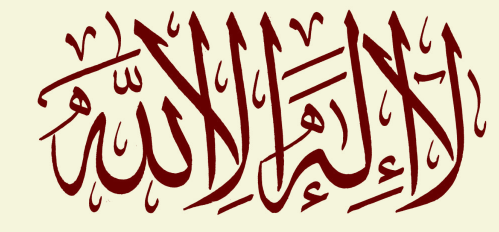Abstract:
“Our Lord is Light; our holy Prophet is Light; our unswerving Islamic faith is Light; our Holy Qurʾān is Light; and our prayer is Light. Why then do you wish to live in darkness? Why do you aloofly imagine, with your delimited and narrow mind, that the Light is merely an abstract concept that cannot be seen?” inquires Shaykh Mohamed Faouzi al-Karkari. Divine Light, luminous vision (mushāhada), and mystical experience are central to the Qurʾānic revelation, the Hadith corpus, and the Sufi tradition. In this major contemporary treatise on Islamic spirituality, Shaykh al-Karkari provides a detailed esoteric commentary on the Light Verse (āyat al-nūr) as well as other verses concerning Light in the Qurʾān. He then highlights the centrality of luminous vision in the teachings of renowned Sufis of the Shādhiliyya order and beyond, including Abū Madyan and Abū Ḥāmid al-Ghazālī. The book concludes with a commentary on Ibn ʿAṭāʾ Illāh al-Iskandarī’s aphorisms on luminous vision. Throughout the treatise, the Shaykh identifies popular questions pertaining to contemporary Sufi practice and invites us to consider the challenges we face along the spiritual path. He proclaims, “You know Islam with your bodily idol, yet your spirit does not recognize it, for you are absent from witnessing the Lights of the Real and the Lights of His holy Messenger. You say, “I bear witness,” yet your insight is blotted out, your heart blind, and your inner heart rusted over. Your testimony is mere speech, not witnessing. Come with me, then, upon a voyage into the depths of pure meaning. Let us travel from one verse to another, until you come to know that the road has been one from the Messenger of God until today-the road named the Radiant Path, whose night is as bright as its day, from which none stray but those bound for”
